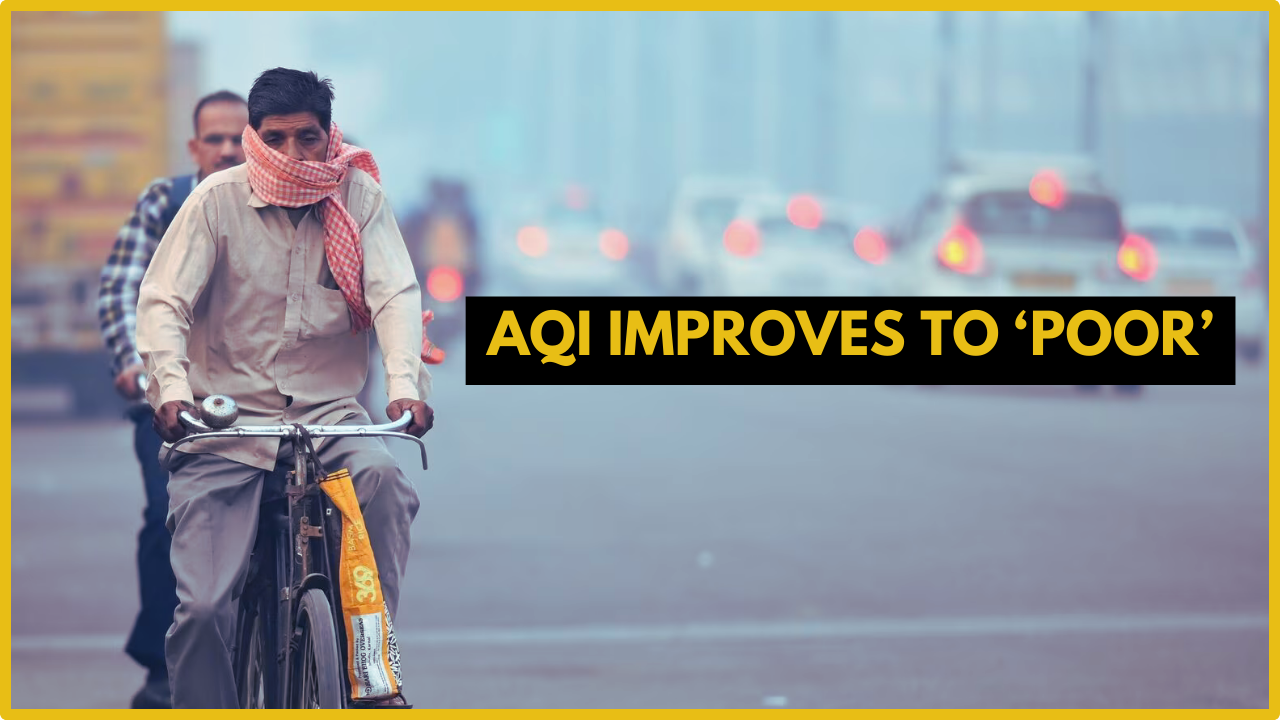The Air Quality Index (AQI) in Delhi showed a marginal improvement, shifting from ‘very poor’ on Tuesday to ‘poor’ on Wednesday morning, according to data released by the Central Pollution Control Board (CPCB). Despite the improvement, concerns about air quality persist in the national capital.
As per the latest CPCB data, key areas in Delhi reported varied AQI levels on Wednesday. Anand Vihar recorded an AQI of 291, the IGI airport area at 279, ITO at 252, and Narela at 283. The shift to the ‘poor’ category suggests a slight relief, but pollution levels continue to be a cause for concern.
The India Meteorological Department (IMD) has forecasted no rainfall in Delhi until December 11. Residents can expect clear skies with shallow to moderate fog in the morning, contributing to the prevailing atmospheric conditions.
Delhi has grappled with air quality ranging from ‘severe’ to ‘very poor’ over the past few weeks, prompting discussions about the need for effective measures to combat pollution. Light rains on Sunday provided temporary relief, but the city continues to face the challenges of deteriorating air quality.
Delhi Environment Minister Gopal Rai announced last week that Graded Response Action Plan (Grap-3) restrictions have been lifted. However, the government remains vigilant, emphasizing strict implementation of Grap-1 and Grap-2 measures to address pollution concerns.
“Due to the change in weather during the last two days, there has been a decline in pollution. Grap-3 restrictions have been lifted, but fluctuations in AQI are possible. GRAP-1 and GRAP-2 should be strictly implemented. For this, directions are being given to all departments,” said Gopal Rai.
The air quality index categorizes levels from 0 to 100 as ‘good,’ 100 to 200 as ‘moderate,’ 200 to 300 as ‘poor,’ 300 to 400 as ‘very poor,’ and 400 to 500 or above as ‘severe.’ The authorities remain focused on addressing the air quality crisis as residents await sustained relief from the persistent pollution.

















